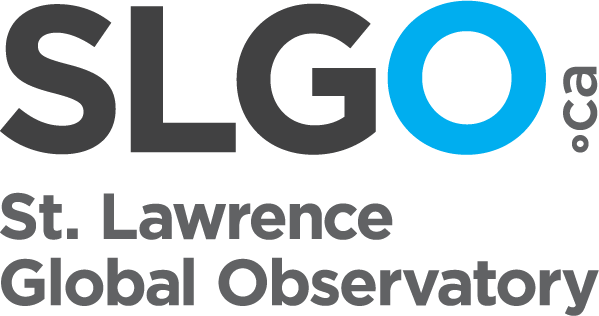Produced as part of the St. Lawrence Action Plan, the Atlas of coastal environments of interest for conservation in the estuary and gulf of St. Lawrence presents sites where the conservation needs are most pressing. Conservation targets (coarse filter) selected for this atlas are forested areas, inland wetlands, coastal marshes, and sandy environments, to which are added fine filter elements such as bird colonies, eelgrass beds, significant flora and fauna (e.g., essential habitats of species at risk, winter concentration sites for Harlequin Duck, breeding and rearing habitat for Rainbow Smelt in the southern St. Lawrence estuary, etc.) and salmon rivers. Our objective being to determine the sites of interest until a 20% representativeness threshold was reached. Sites with high conservation interest were first selected, located within or adjacent to protected areas or exceptional forested ecosystems, sites hosting species at risk, sites bordering salmon rivers or those with unique ecological features. A prioritization analysis was then carried out on conservation targets using a multi-criteria analysis when the 20% representativeness threshold was not reached following the selection analysis.
The geospatial data associated with these sites are publicly available. This will allow users to visualize better the geographical location of the sites of interest and the conservation value associated with each habitat patch of the conservation targets (forested areas, inland wetlands, coastal marshes, and sandy environments) using geographic information systems (e.g., ArcGIS). Users will also have the opportunity to adapt the determination of sites of high conservation value given their own spatial territory and conservation objectives. Since the conservation of natural environments and species at risk is a shared responsibility, this atlas will address the priorities of numerous organizations involved in conserving coastal environments, i.e., conservation organizations, municipalities and RCMs, government organizations, and academic institutions.
View data in the OCTO application.
 10.26071/ogsl-0a232214-05cc
10.26071/ogsl-0a232214-05cc

